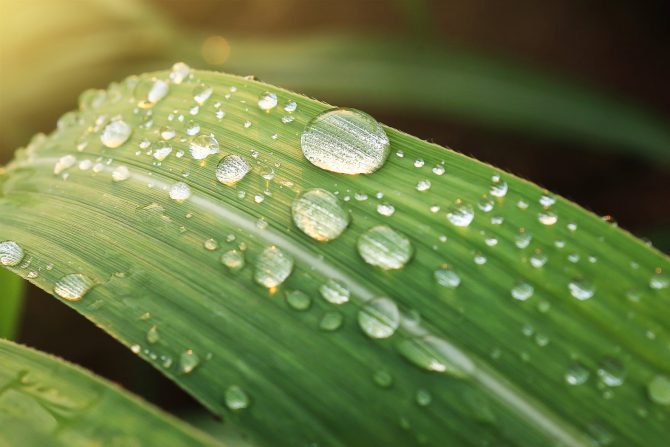 By Bethany Heerspink
By Bethany Heerspink
It’s April, and that means April showers. All that rain may mean flowers, but it also means a lot of household runoff. Every time it rains, water from your roof and driveway carries pollutants into the storm sewer and out to Lake Michigan. Fortunately, you can help by planting a rain garden. Rain gardens help filter out harmful contaminants and recharge groundwater, while also providing food for beneficial insects like butterflies and bees. Here is an easy guide to get you started:
1. Determine what type of soil you have. Some soils, like clay, do not allow for enough drainage, whereas sandier soils drain quickly.
2. Find the best spot for your garden. Experts recommend a rain garden be at least ten feet from your home and your neighbor’s home to prevent any basement flooding.
3. Design your garden. Choose what shape it will be and what kinds of plants you find appealing. Go with native plants to add even more environmental benefits to your garden. For ideas check out this link, opens a new window from Michigan State, opens a new window.
4. Start constructing your garden. This process can be as complex or as simple as you want to make it. Start by digging out the profile of your garden. Make sure you dig deep enough that water will drain within 24 hours. You can dig a test hole first and fill it with water to see how long it takes to drain. Use the soil you remove to make a berm or low wall on the downhill side of your garden. After digging, begin planting your garden and adding mulch.
5. Remember to do annual maintenance on your garden.
6. Enjoy your new view. This is easy! Spend time outside observing the wonders of nature.
For more information visit:
www.familyhandyman.com/project/how-to-build-a-rain-g..., opens a new window
www.the-macc.org/rainscaping/, opens a new window
www.chicagobotanic.org/downloads/wed/WI_DNR_homeowne..., opens a new window
www.groundwater.org/action/home/raingardens.html, opens a new window


Add a comment to: April Showers Bring Rain Gardens